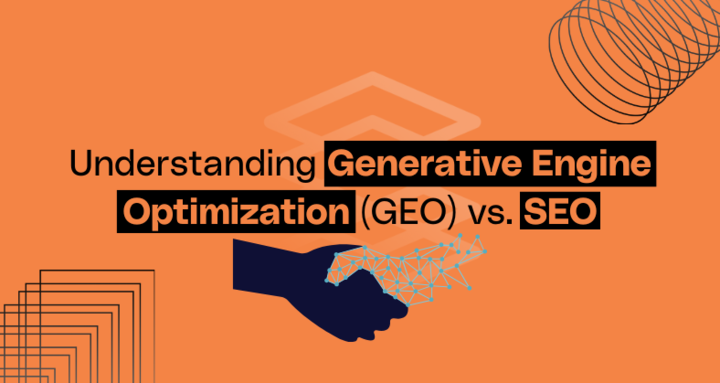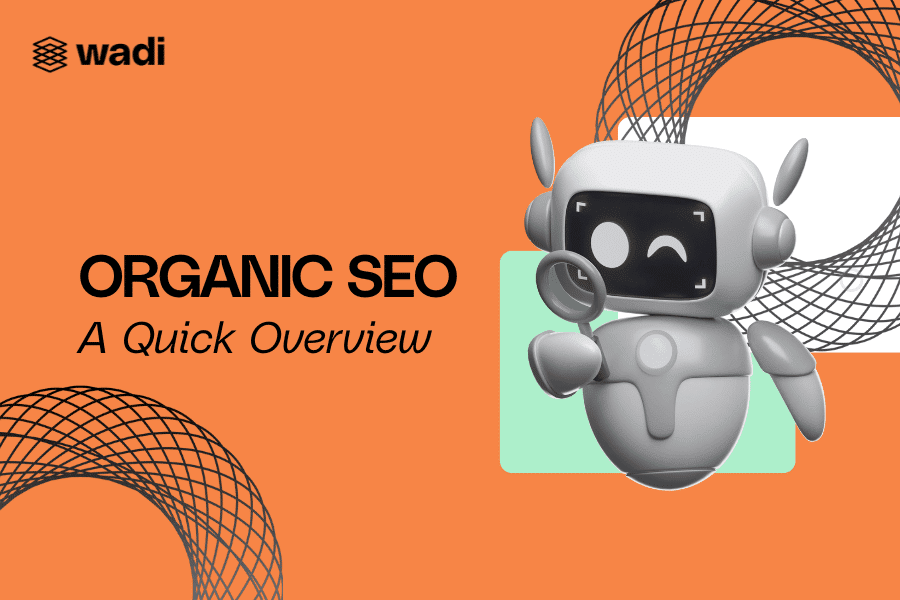Table of Contents
ToggleWhat You Will Learn:
- The definition of Generative Engine Optimization (GEO) and how it fits into modern digital marketing strategies.
- The differences and similarities between GEO and SEO.
- How to leverage both GEO and SEO to boost your online visibility.
- The impact of GEO on search engine optimization techniques.
- How businesses can optimize their content for both Generative Engines and traditional search engines.
What is Generative Engine Optimization (GEO)?
Generative Engine Optimization (GEO) refers to a set of techniques and strategies used to optimize content for generative AI models and engines, such as GPT-based systems, image-generating AI, and other tools that create content dynamically based on user queries or data input. These models generate responses, images, text, or other forms of content by leveraging massive datasets and machine learning algorithms. GEO focuses on ensuring that content interacts well with these AI systems, allowing it to rank well and be effectively used in generative tasks.
In simple terms, GEO is about optimizing your digital presence to be more easily interpreted, created, and amplified by generative AI engines. Unlike SEO, which is traditionally focused on search engines like Google, GEO focuses on optimizing content for AI tools that generate content or responses based on user input.
Why is GEO Important?
As AI continues to shape the future of digital interactions, GEO has become essential for businesses and content creators who want to ensure their content is compatible with generative AI systems. Here are a few reasons why GEO is becoming increasingly important:
- Enhanced Content Creation: Generative AI can help businesses automate content generation, allowing them to scale their output efficiently. Optimizing for these AI engines ensures that content is useful and relevant for automated generation, increasing the chances of it being highlighted or used by AI systems.
- Improved Engagement: With the rise of AI-driven content tools, more users are interacting with AI-generated outputs. By optimizing content for GEO, businesses can ensure their content is engaging and relevant to users who rely on these systems for personalized or generated results.
- AI Content Amplification: As generative engines gain prominence, SEO alone may not be enough to maintain competitive digital visibility. GEO ensures that content is optimized for AI engines, amplifying its reach and effectiveness across AI-driven platforms.
Understanding GEO vs SEO
While both SEO (Search Engine Optimization) and GEO (Generative Engine Optimization) are used to enhance the visibility and effectiveness of online content, they have different focuses. Here’s a breakdown of how they compare:
SEO
SEO focuses on optimizing content for search engines like Google, Bing, or Yahoo. It’s about creating content that ranks well in search results based on user queries. SEO practices involve keyword research, content optimization, technical SEO, backlink building, and more to ensure that websites rank highly for relevant search queries.

GEO
Generative Engine Optimization (GEO), on the other hand, optimizes content specifically for AI-driven generative engines. This could include creating content that AI models can use to generate more relevant outputs or ensuring that a website’s content can be easily parsed and utilized by generative tools for tasks like creating personalized responses, text generation, or image synthesis.
How GEO and SEO Are Similar
Despite their differences, GEO and SEO share several common elements:
- Content Quality: Both GEO and SEO emphasize the importance of high-quality content that addresses user needs. While SEO focuses on satisfying search engine algorithms, GEO ensures that content can be leveraged by generative engines to produce meaningful results.
- Keyword Strategy: Just as SEO involves keyword research to determine what users are searching for, GEO uses similar strategies to optimize content for generative engines. The difference is that these keywords might be aimed at ensuring AI engines can retrieve relevant data quickly.
- Technical Optimization: Both GEO and SEO require technical optimizations, such as ensuring fast load times, mobile-friendliness, and structured data. In GEO, this might involve ensuring that AI models can interpret content effectively, while in SEO, it’s about making sure search engine crawlers can index the content.
Key Differences Between GEO and SEO
- Target Audience:
- SEO is primarily focused on optimizing content to be discovered by search engines and their algorithms.
- GEO focuses on optimizing content for AI engines, allowing it to be easily interpreted and used for content generation tasks.
- Optimization Goals:
- SEO aims to rank content on traditional search engines, focusing on search rankings, backlinks, and user engagement.
- GEO aims to make content AI-friendly, ensuring that it’s usable by generative models to produce new, relevant, or personalized content.
- Ranking Factors:
- SEO considers factors like keyword relevance, site structure, backlinks, and page load speed to determine rankings in search engine results.
- GEO requires content to be optimized for specific generative tasks, such as ensuring that AI can process data, generate content, or respond based on provided input.
How Can GEO and SEO Work Together?
While GEO and SEO have distinct focuses, they can work together effectively to boost your online presence. Here’s how:
- Content Synergy: SEO can be used to ensure that your website ranks well in search engine results, while GEO can ensure that the content is optimized for AI systems. This allows businesses to attract both organic traffic and AI-driven content creation.
- Cross-Platform Engagement: As generative AI models and traditional search engines evolve, content that is optimized for both will increase its chances of reaching a larger audience. For example, content that performs well in search engines might also be used to generate relevant AI content, resulting in broader engagement.
- Leveraging AI for SEO: By ensuring content is GEO-optimized, businesses can use generative engines to enhance their SEO strategy. AI tools could be used to generate new content, ideas, or even optimize existing pages to improve SEO rankings.
Impacts of GEO on SEO
GEO can have several direct and indirect impacts on SEO:
- Content Efficiency: By ensuring that content is optimized for generative engines, businesses can streamline the creation of SEO-friendly content. For example, AI-generated content can help in scaling content creation without compromising quality.
- Enhanced User Experience: Generative engines often personalize the user experience by tailoring content. GEO ensures that content is optimized for these systems, which could improve user interaction, time on site, and engagement—all of which can contribute to better SEO outcomes.
- AI-Driven Content Distribution: As AI tools become more integrated into search engines and digital platforms, GEO will ensure that content is used more effectively across these platforms, amplifying its reach and engagement.
Conclusion
Generative Engine Optimization (GEO) is an emerging strategy that is becoming increasingly important as AI and generative engines continue to influence how content is created, shared, and interacted with. While SEO remains essential for optimizing content for traditional search engines, GEO allows businesses to ensure that their content is also optimized for AI-driven systems.
By understanding both GEO and SEO and how they can complement each other, businesses can create a more effective, future-proof digital marketing strategy that engages users and leverages AI technologies to enhance their visibility and performance.
Key Takeaways:
- SEO focuses on search engine visibility, while GEO targets optimization for AI-based generative models.
- Both require high-quality, relevant content but use different strategies to achieve their goals.
- GEO and SEO can work together to enhance content discoverability, user engagement, and overall digital performance.
Frequently Asked Questions (FAQs)
How is GEO different from SEO?
GEO is specifically focused on optimizing content for AI-driven generative engines, while SEO optimizes content for search engines like Google. GEO ensures content can be used for AI tasks like text generation or content personalization.
Can GEO improve SEO rankings?
Indirectly, yes. GEO-optimized content can enhance user engagement and content generation, which can lead to more backlinks, better user experience, and potentially improved SEO rankings.
How does generative AI impact SEO?
Generative AI can automate content creation, which can help businesses scale their SEO strategies. However, optimizing content for generative engines (GEO) ensures it is properly utilized by AI systems to create more personalized, relevant outputs.
Are you planning your new website? Do you have a qualified SEO company to plan your site migration hand in hand with you? We at WadiDigital, B2B Digital Marketing Agency offer a free SEO review! Don’t miss this amazing opportunity and contact us.






